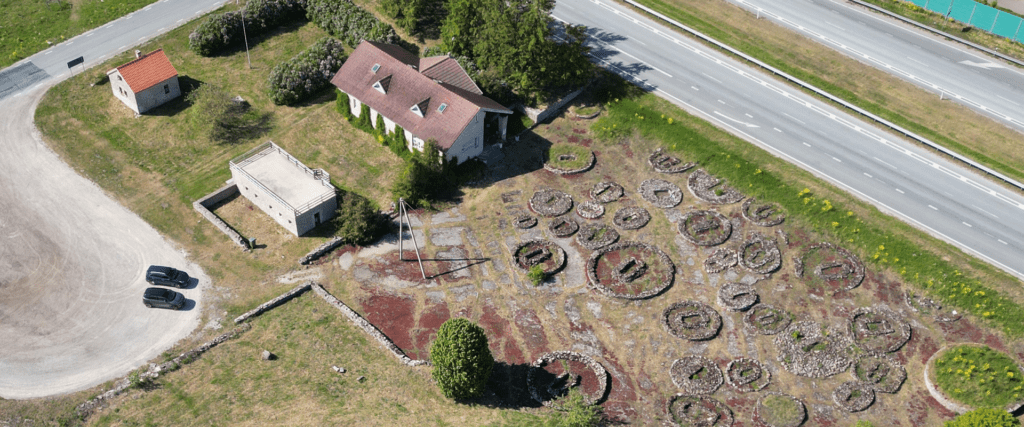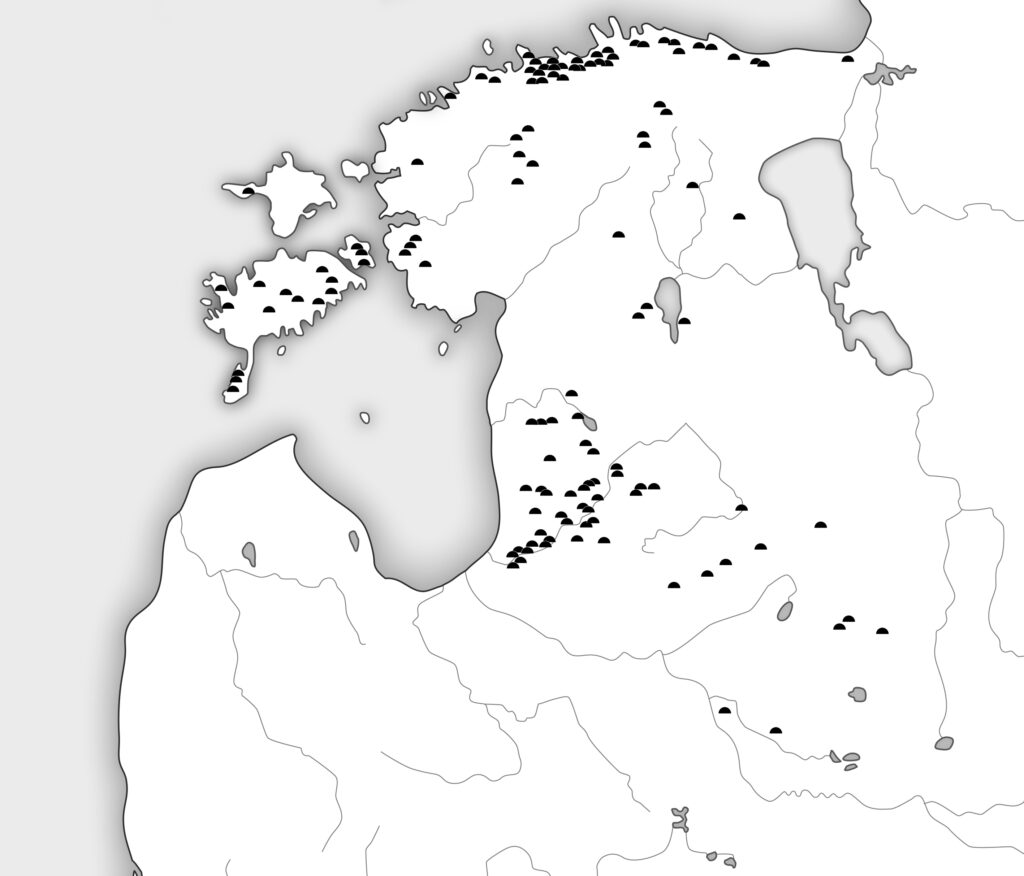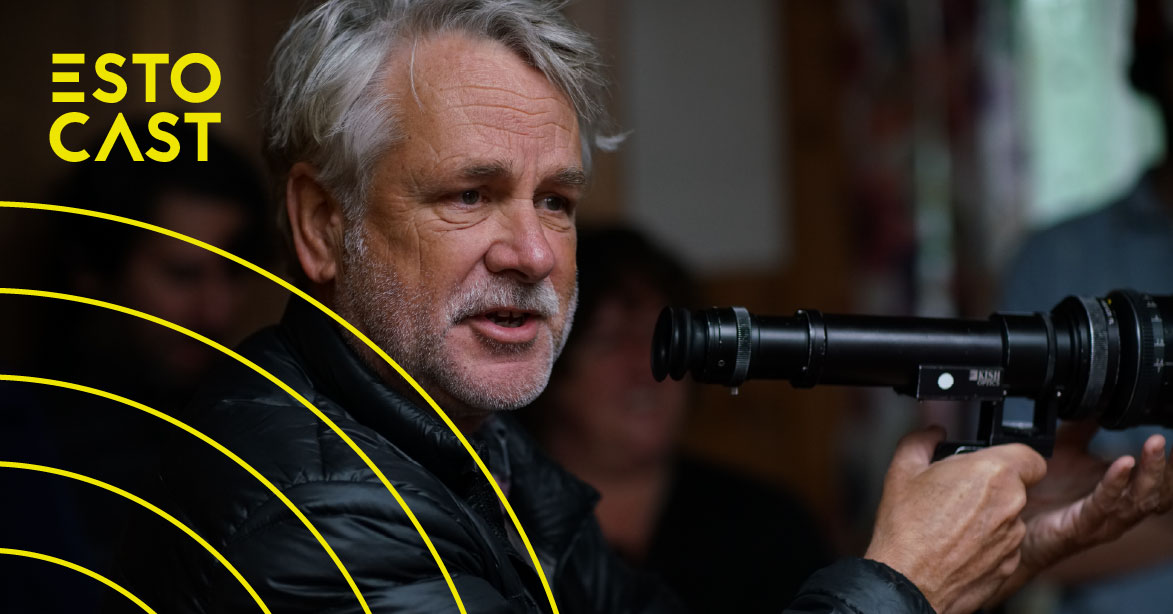In Estonia, much of the contemporary tourist focus is on the medieval period, the events of the Second World War, the nation’s occupations, and present-day cultural offerings. But a journey to the Jõelähtme Stone Barrows invites visitors to better understand ancient peoples — from the Nordic Bronze Age to be specific — through graves.

Located in Harju County, 23 kilometres east of Tallinn, the village of Jõelähtme by the Jägala River is home to a series of barrows, hiiukerised, or burial mounds. These above-ground graves, constructed from limestone and granite on a 60 x 50 metre burial ground, date back to as early as 1,200 BCE and up to 600 BCE, representing one of Estonia’s key Bronze Age archeological sites. This is alongside sites such as the Asva mound in Saaremaa, where Estonia’s oldest eating utensils and horseshoes were unearthed in 2023. The Jõelähtme site is part of the Rebala Heritage Reserve Centre-Museum, which presents Estonia’s ancient history to visitors.
The head of the family would have been buried in this central cist and the rest of the family were buried around them, including a dog in one case.
The barrows themselves consist of several circular stone structures with a rectangular stone cist (a “coffin”) in the middle, of which visitors can see 36 in total. According to the Estonian Heritage Society, the head of the family would have been buried in this central cist and the rest of the family were buried around them, including a dog in one case. Some artifacts, such as bone pins and bronze items, were preserved and discovered under layers of dirt. Each new generation of a family would have built a new circular barrow. In a 2016 edition of the Estonian Journal of Archaeology, we are told how “Osteological analysis… showed that the preserved graves (predominantly cists) contained altogether around 100 inhumed individuals from infants to elderly people, both male and female. The number of people per grave varies from one to at least six, and some individuals were represented by only a few bones while others had almost complete skeletons.”

The barrows inform us about not only the rituals and family structure of ancient Estonians, but their genetic background and contact with neighbours. According to research by Professor Kristiina Tambets, Professor Valter Lang, and research fellow Lehti Saag from the University of Tartu, DNA samples show that the genetic makeup of these buried people is from “European Hunter-Gatherers, Early European Farmers originating from the Near East, and the Western Steppe Herders of Eastern Europe.” And, moreover, it was during this time period that the northern European genetic traits of light hair, light eyes, and lactose tolerance became widespread.
We can conclude that they traded with outsiders, based on the origins of the aforementioned bronze items. The Estonian Journal of Archaeology states that “[the remains of] the male in grave No. 7… were mostly inside the cist along with a bronze razor and tweezers of Scandinavian origin…”
“Since the road could not be built around the barrows, the barrows were moved 20 metres south one stone at a time.”
(Visit Estonia)
Stone cist graves like these can be found throughout Estonia and Latvia, with higher concentrations found near the Baltic Sea coastline. But it’s surprising how this particular site came to where it is now. As Visit Estonia explains, “When the Tallinn-Narva highway was widened in the early 1980s, the ancient memorials were rediscovered. Since the road could not be built around the barrows, the barrows were moved 20 metres south one stone at a time.” The barrows and museum are still on the side of Estonian national road 1, which stretches between Tallinn and Narva. Right out in the open, surrounded by fields and forests far in the distance.

For those interested in visiting, the stone barrows and outdoor site are open year-round at all hours to explore by foot. The museum of the Rebala Heritage Reserve Centre is open between May 16th and September 22nd, from Wednesday to Sunday, between the hours of 11.00 and 18.00. The museum displays artifacts and provides a broader overview of Estonia’s Bronze Age history. They host community events (such as for Muuseumiöö, the Long Night of Museums) and in their gallery you can view photo exhibitions. Jõelähtme is a roughly 20 minute drive from Tallinn, making it an ideal day trip for those staying or living in the capital.
At that rate, even if you’re not a big history enthusiast, it’s an intriguing place to reflect on the past and see early expressions of identity by the Estonian people, long before the nation existed in any formal sense.



